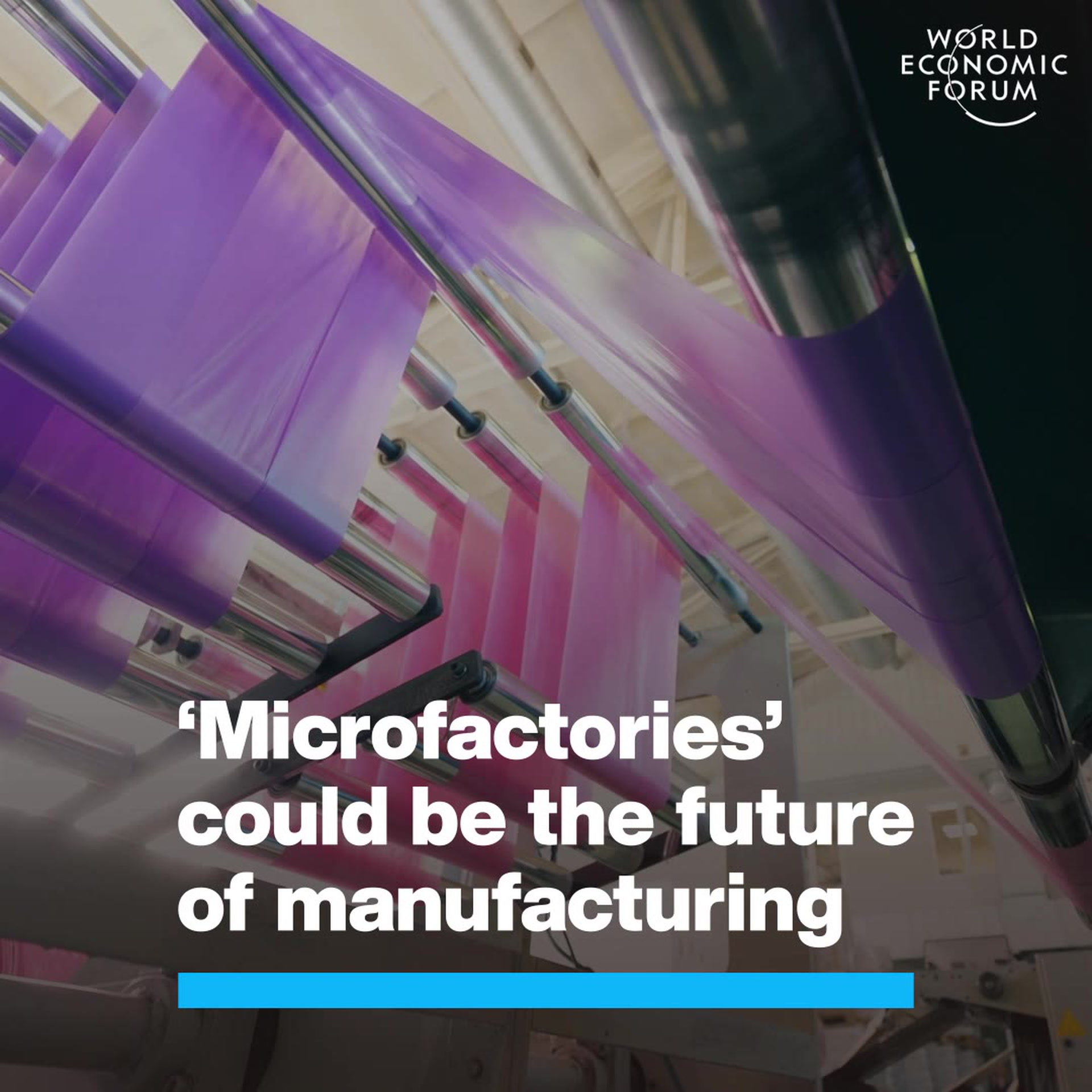How do we solve Africa’s sanitation problems?


Get involved with our crowdsourced digital platform to deliver impact at scale
Stay up to date:
Advanced Manufacturing
Around 2.5 billion people in developing countries do not have access to basic sanitation. This is the cause of some of the biggest environmental and health problems facing people living in poor communities, including water pollution and the transmission of diseases and infections
But installing and operating sewage and wastewater treatment plants is expensive, making them unaffordable. On top of that, conventional wastewater treatment is not an environmentally friendly process because so much energy is used. There are also disposal complications. As a result, many regions in the developing world have opted for basic sanitation units.
In Africa, a staggering 300 million people lack adequate sanitation. Progress has been made under the Millennium Development Goals but there are still millions of people without adequate sanitation.
After the first democratic elections in 1994 the South African government committed to providing basic services to all citizens. Sanitation was a key focus. The country has since made significant strides. Fifty percent of households did not have access to sanitation in 1994. By 2010 that number was reduced to 21%.
In a bid to get closer to the Millennium Development Goal of halving the 2.5 billion people without sanitation access, innovative solutions are being tested across the globe. In South Africa, a platform for sustainable sanitation is being developed in the country’s coastal city of Durban. The aim is to develop solutions that can be replicated in other developing countries.
Low-cost options commonly in use
For the last few decades, dry or low-water sanitation has been gaining attention with the emergence of sustainable and low-cost sanitation. The waste can be processed directly on-site, or collected and transported to the processing plant. Diverse products can be obtained after processing, such as water, compost, fertilisers, soil conditioners, biofuel and biogas.
The low-cost options most commonly used are:
- Pit latrines: the human excreta is collected in a pit located directly below the toilet.
- Urine diversion dry toilets: the waste is separated into two different compartments.
- Pour flush toilets: this uses a small amount of water 0.5 to two litres, to flush away the excreta and for anal cleansing.
New ground is being broken
Among the 3.5 million inhabitants in the Durban metropolis, one million people live in informal settlements without proper sanitation. The city is expanding at a rapid rate. As a result, the local municipality has set up 30,000 ventilated improved pit latrines and 80,000 dry toilets in the metropolis. But this is still woefully inadequate.
The municipality has established a strong partnership with local academic institutions. These partnerships have attracted co-funding from a range of national and international institutions. The research covers different areas of study, from the technical aspects of the toilets and waste disposal to the social and cultural context.
New ground-breaking initiatives include:
- The municipality has developed the dehydration asteurisation machine. This enables faecal sludge from ventilated improved pit latrines to be processed. The machine is able to dry and pasteurise the sludge using infrared radiation. The product can then be safely used in agriculture.
- Another promising project is the use of black soldier flies’ larvae for faecal material degradation. After degradation, the larvae, which are rich in fatty acids and proteins, can be used for poultry feed or for biodiesel production.
- The municipality has also taken on a project that focuses on the treatment of urine to obtain reused water and fertiliser.
Global alliance
Serious efforts have been made to improve and provide acceptable toilet solutions globally.
In 2007, the Sustainable Sanitation Alliance was created to combine the efforts of a range of different sanitation activities. This was done by creating a collaborative platform from various units all around the world.
In 2011, the Bill & Melinda Gates Foundation launched and funded one of the most ambitious sanitation programmes, the Reinvent The Toilet Challenge. This aims to provide affordable, hygienic and low-water consumption sanitation toilet systems that will not rely on connections to the sewage and electric grid.
The first two phases of the program have already been successfully implemented. The next phase is targeting sanitation technology solutions on a large scale. One remarkable example is the construction of a large scale processing plant in Dakar, Senegal, for the disposal of the faecal sludge to obtain potable water, electricity and fertiliser.
Other efforts being made include:
- Upgrading toilet prototype facilities and technologies;
- Standardising laboratory methods in research;
- Launching social programs;
- Establishing adequate business plans; and
- Finding diversified funding resources.
Sustainable sanitation solutions for poor communities has the potential to solve a range of social and environmental challenges. But they can do more. They can also be implemented in developed areas as a more sustainable practice compared to the classical sewage system.![]()
This article is published in collaboration with The Conversation. Publication does not imply endorsement of views by the World Economic Forum.
To keep up with Agenda subscribe to our weekly newsletter.
Author: Santiago Septien is Research Engineer, Pollution Research Group at University of KwaZulu-Natal
Don't miss any update on this topic
Create a free account and access your personalized content collection with our latest publications and analyses.
License and Republishing
World Economic Forum articles may be republished in accordance with the Creative Commons Attribution-NonCommercial-NoDerivatives 4.0 International Public License, and in accordance with our Terms of Use.
The views expressed in this article are those of the author alone and not the World Economic Forum.
The Agenda Weekly
A weekly update of the most important issues driving the global agenda
You can unsubscribe at any time using the link in our emails. For more details, review our privacy policy.
More on Advanced ManufacturingSee all
Stephanie Wright, Memia Fendri and Kyle Winters
February 13, 2024
Maya Ben Dror and Lena McKnight
January 31, 2024
Dr. Matthew Putman
January 17, 2024
Kyriakos Triantafyllidis and Andreas Hauser
January 16, 2024







